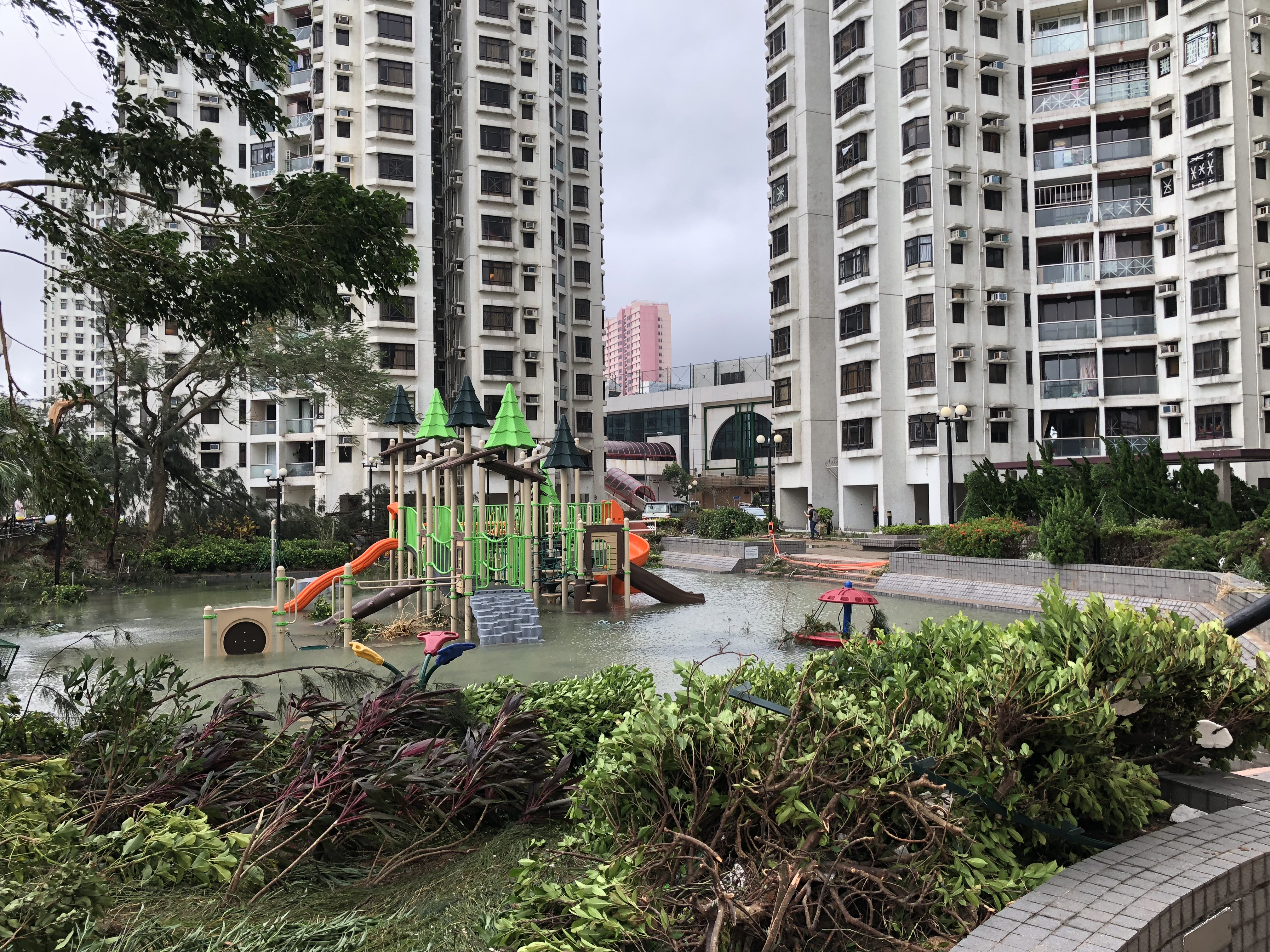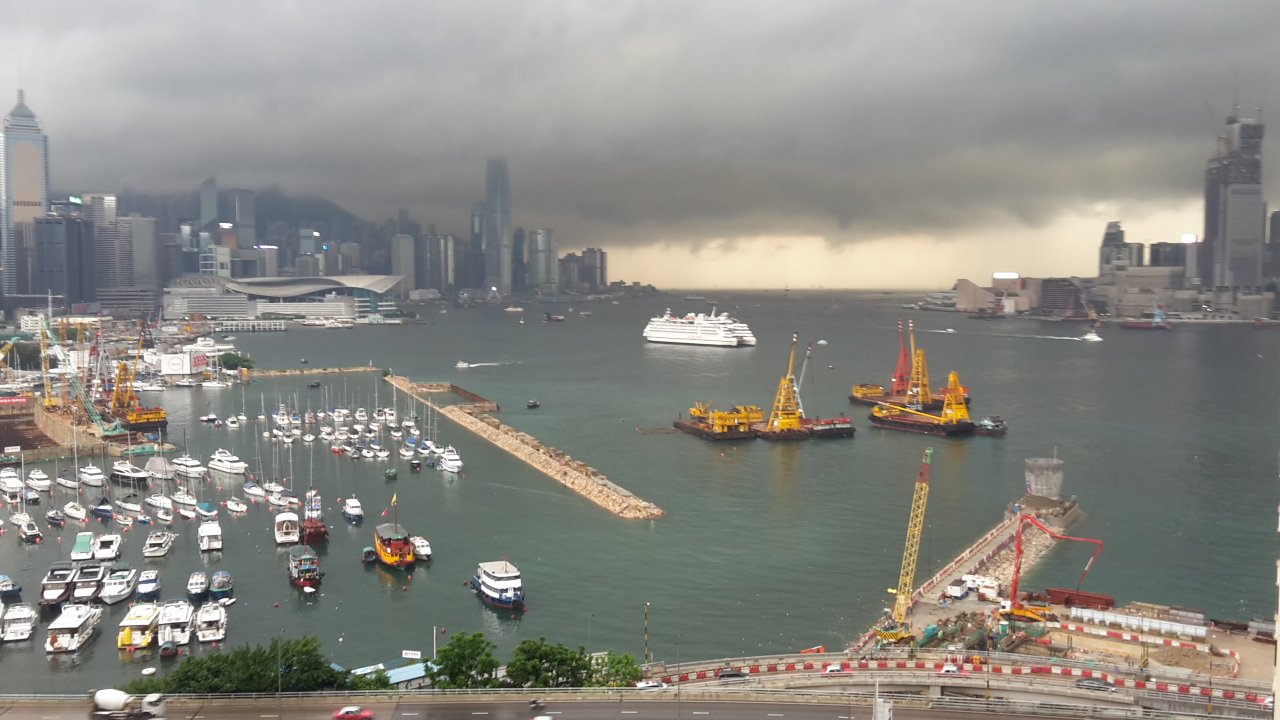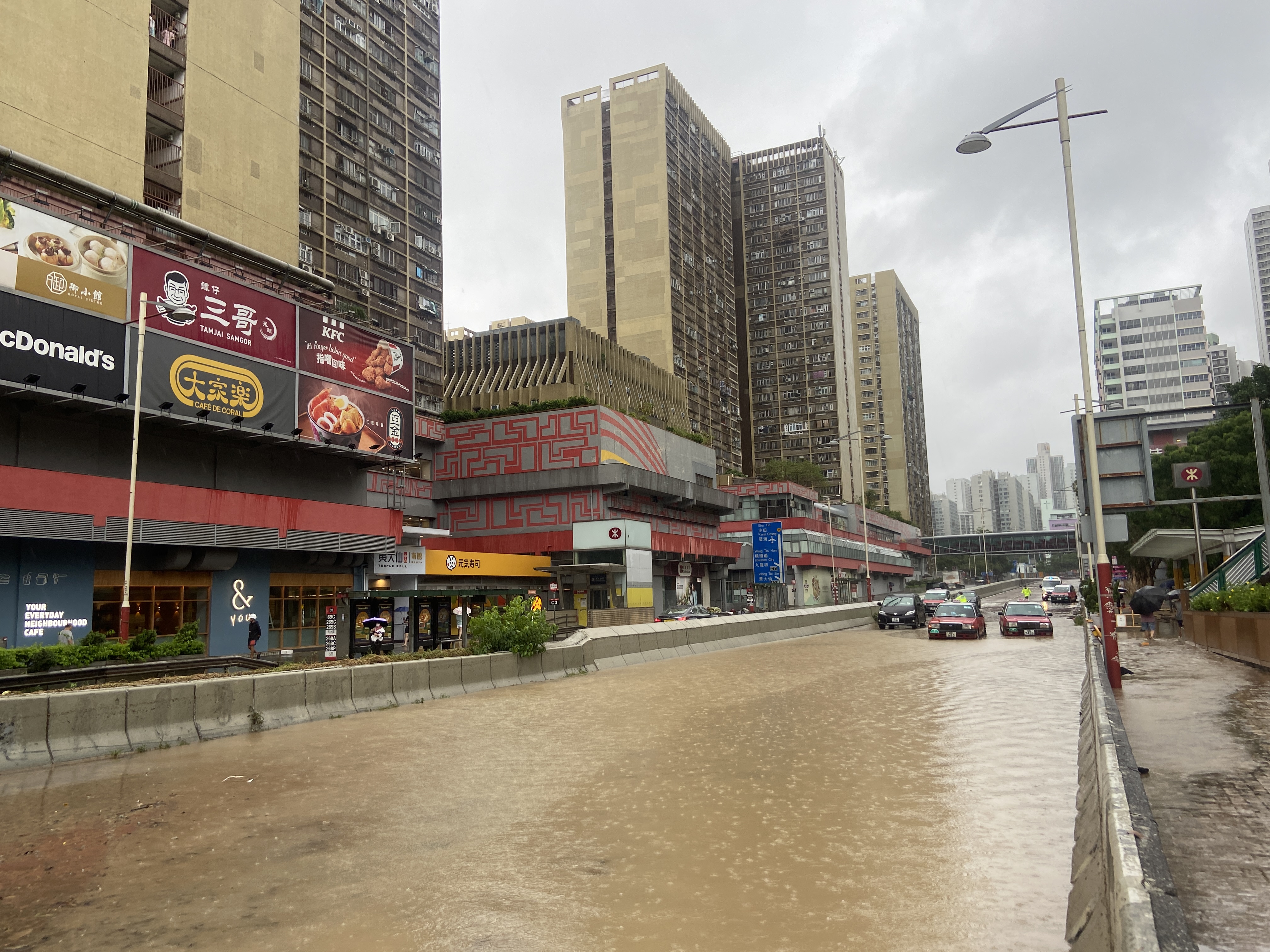Hong Kong’s climate actions must match its words
 22 Oct 2024
22 Oct 2024
- Category
- Keywords
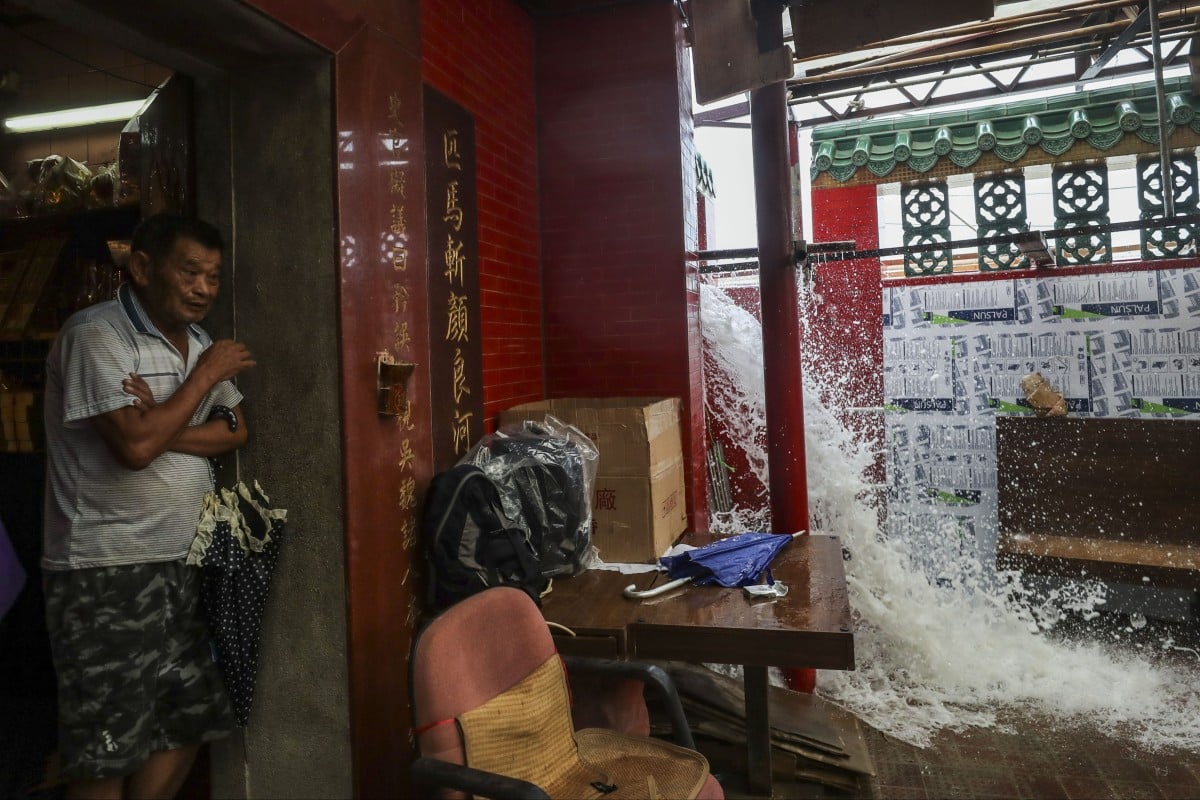
(22 Oct 2024 SCMP)
As the city lags behind in climate resilience, the government should do more to save energy and reduce greenhouse gas emissions
Many have complained about the unbearable heat in Hong Kong over the past couple of months. Perhaps we should review some global data, such as atmospheric carbon dioxide concentration at present. It is still on the rise, having risen above 425 parts per million in July, meaning that our collective decarbonisation efforts to address climate change are simply insufficient.
Back in Hong Kong, the city has continued to break records in terms of temperature, rainfall and the strength of typhoons in recent years. However, we are still not paying enough attention to the urgency of addressing climate risks.
Hong Kong has set several climate-related records this year. We had the hottest April ever recorded for the city, a record-breaking 18 hot nights in August and the hottest Ching Ming and Mid-Autumn Festivals to date.
Super typhoons Hato and Mangkhut swept through Hong Kong with sustained winds of 185 kilometres (114.9 miles) per hour in 2017 and 175km per hour in 2018, respectively. Only a few years later, we experienced super typhoons Saola and Yagi which hit the city in 2023 and 2024 respectively, with wind gusts in excess of 210km per hour.
Similarly, we are experiencing a worrying trend of increasing hourly rainfall. In 1886, Hong Kong recorded its highest hourly rainfall at 88.4 millimetres (3.4 inches). In 2006, the highest hourly rainfall was 115.1mm which represented a 30 per cent increase in 120 years. In 2008, it went up to 145.5mm, a rise of 26.4 per cent.
We probably recall the black rainstorm last September during which the highest hourly rainfall of 158.1mm was recorded. The storm caused flooding, including on public roads, in MTR stations, shopping malls and car parks, and disrupted normal life in many parts of the city.
These incidents reveal that the authorities, businesses and other concerned parties are not well-prepared to address climate risks, and are lagging behind in building climate resilience.
Many large corporations have announced net-zero decarbonisation commitments. Some have even committed to more advanced targets ahead of 2050, the year by which we must reach net-zero to meet the Paris Agreement’s goal of limiting warming to 1.5 degrees Celsius, according to the UN. However, we need concrete action that goes beyond current net-zero measures, some of which amount to low-hanging fruit.
I have been to many commercial and government premises and found excessively cold temperatures and windows not sufficiently insulated against solar radiation. Making improvements is not so difficult. By raising awareness of environmentally friendly practices and investing in locally developed green technologies, we can save on energy costs and reduce carbon emissions.
According to end-use energy data, in 2021, commercial offices, restaurants and retail outlets accounted for 39 per cent of the total energy consumed by the commercial sector, of which 89.3 per cent was electricity. Air conditioning consumed the most electricity, accounting for 28 per cent, followed by lighting (12 per cent).
Recognising the importance of cutting energy waste and carbon emissions, the authorities launched the Energy Saving Charter in 2012. By 2021, more than 2,200 premises had signed up. The first requirement for the signatories is to maintain an average indoor temperature of 24-26 degrees Celsius in summer.
To understand whether commercial premises, especially the big players, have followed the charter’s recommendations, we examined the indoor temperatures of 10 of the largest malls in mid-September.
The average temperatures of the malls that were examined were below the charter’s lower range of 24 degrees Celsius. Eight malls were below 24 degrees, while 21.7 degrees was the lowest temperature.
Mainland authorities announced in 2018 that air-conditioning thermostats should not be set lower than 26 degrees in the summer to save energy. Chief Executive John Lee Ka-chiu should adopt this policy for Hong Kong.
Raising the temperature settings of the air-conditioning systems by 1 degree would save 3 per cent of electricity. Why do many still ignore this zero-cost action that can help alleviate climate risks?
In Lee’s third policy address last week, there were no immediate policies and targets for the uptake of low-carbon fuels such as sustainable aviation fuel, green methanol and green hydrogen that different industries are keen to use to meet the city’s 2050 climate goals.
As a responsible leader, Lee must consider where the administration has failed its citizens and the environment, and take urgent steps to reverse the course of climate degradation.
Edwin Lau Che-feng, founder and executive director, The Green Earth
Source: Hong Kong’s climate actions must match its words

 EN
EN Green Education Programme
Green Education Programme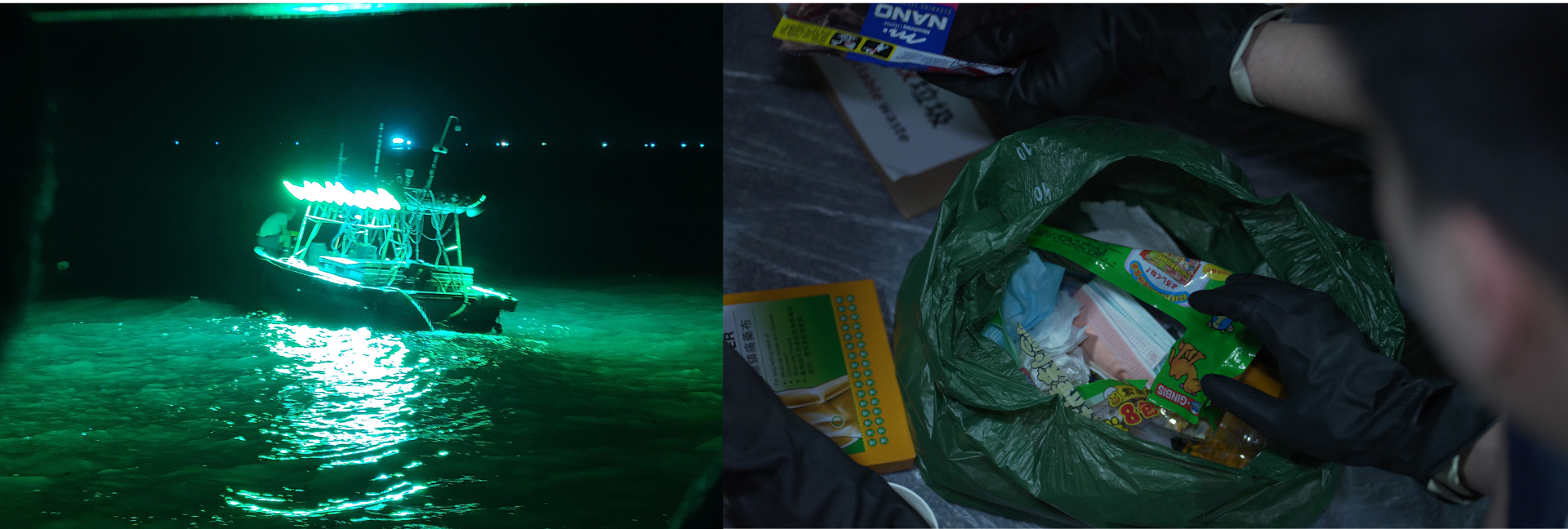

 Back
Back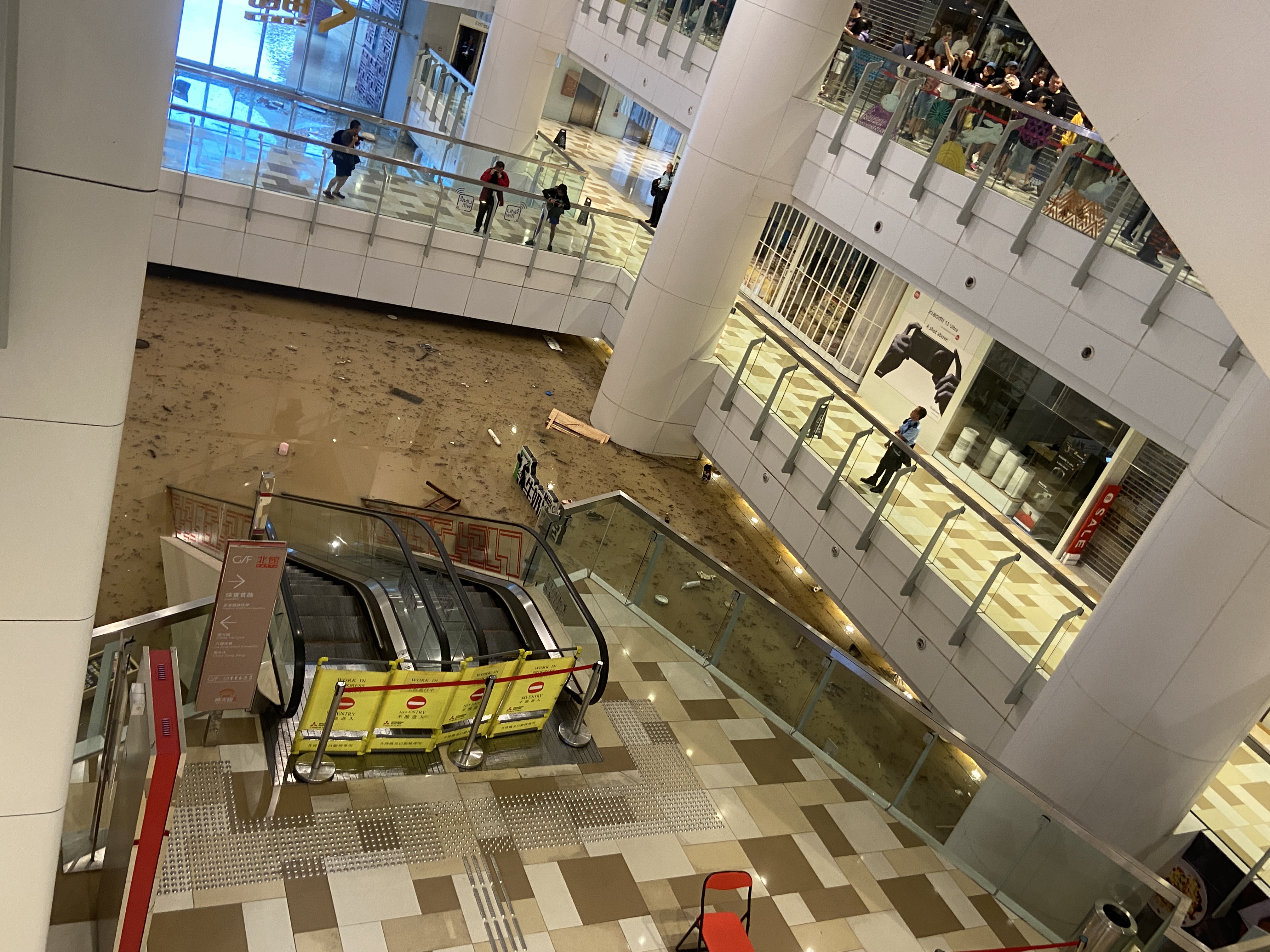
 07 Jul 2021
07 Jul 2021
